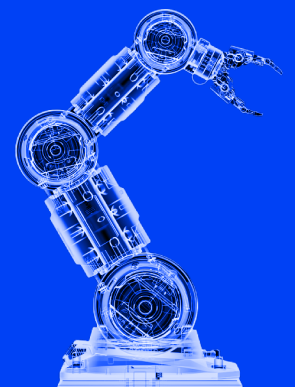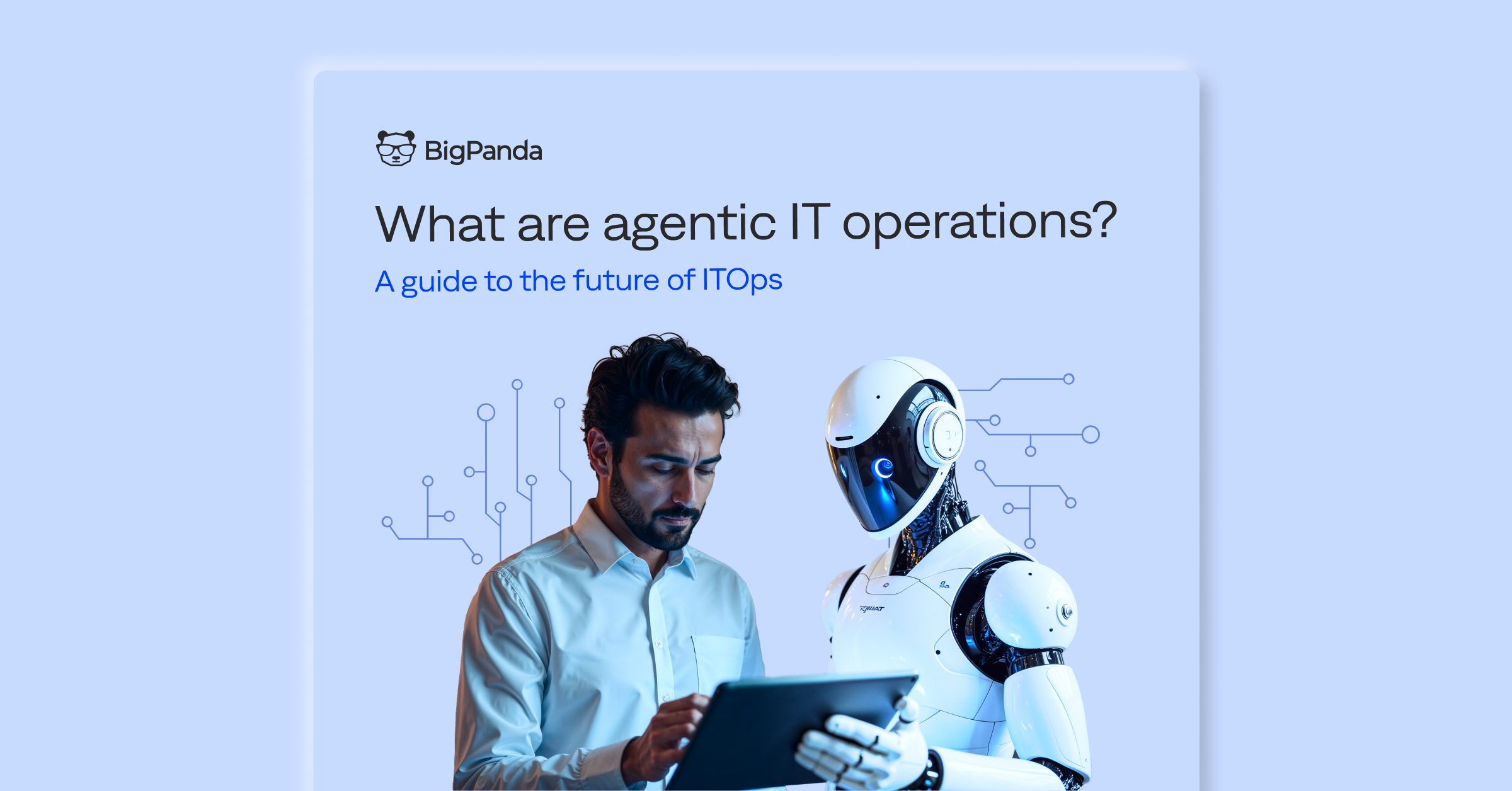Top 4 Takeaways from Gartner IOSS Summit 2018

It was a big week for BigPanda at the Gartner IT Operations Strategies & Solutions (IOSS) Summit, which was held May 15-17th in Orlando, Fla. More than the Big News we announced and our CEO Assaf’s presentation, we enjoyed more than 700 high-quality interactions at Gartner IOSS Summit with senior enterprise IT leaders.
Gartner’s theme this year was: At the Crossroads of Change: Agility, Innovation, & Transformation. The summit focused on how the road to Digital Transformation runs directly through your IT Operations, and how the adoption of fast-evolving technologies and tools can become a catalyst for innovation in your enterprise.
If you weren’t able to make it to not-so-sunny Florida, we’ve got you covered.
Here are our Top 4 Takeaways from this year’s Summit:
Takeaway #1: Infrastructure and Operations (I&O) leaders must change with the times, embrace digital transformation, or they will be left behind. Caution: don’t be Sears!
It’s a bit frustrating to hear how the lot of enterprise IT Operations has not improved much since 2017’s show. The proliferation of monitoring tools and the complexity of I&O has only increased at most organizations. Gartner’s research indicates that too many IT shops today are still perceived by the business as “not fast enough”. Many of us clearly need to become even more nimble.
Operational scale and complexity is simply an everyday fact at large, dynamic enterprises. Still, Gartner reports that: 1) most IT tools are underutilized or under-implemented; 2) “tools sprawl” still plagues many an organization; 3) which in turn encourages data silos that, 4) lead to data confusion. It’s clear that today’s I&O teams are drowning in too much data, but not enough insight.
Gartner’s advice to CIOs: when it comes to I&O’s role in digital transformation, stress improving business outcomes over lowering IT operational costs. Be sure to take the time to explain to the business how IT is driving higher ROI through greater business alignment.
Takeaway #2: Intelligent automation technologies, including machine learning for I&O, is the path forward to address many of today’s changes and the challenges they create.
Some backward-looking organizations seem almost culturally resistant to automation. But I&O leaders are actively seeking solutions to help them better manage the madness. According to Gartner, the 30 percent of I&O organizations that fail to adopt artificial intelligence by 2020 will no longer be operationally and economically viable. That’s a startling prediction – 2020 is only 18 months away! It’s clear that organizations need to start working on deploying machine learning now!
Additionally, they caution that automation is only the beginning of the digital transformation journey, not the end result. Gartner believes that enterprises must stop implementing automation in an opportunistic, ad hoc fashion. Instead I&O must adopt a systematic, end-to-end automation approach. Here’s the difference…
When correctly applied, I&O automation increases agility, repeatability and compliance – while decreasing human error and time to value.
As this Gartner slide makes abundantly clear, the future of I&O is not only intelligent, it’s autonomous!
Takeaway #3: A focus on improving the customer experience – however your enterprise defines CX – must be a critical effort of I&O teams.
The pace of “Internet time” is now counted in milliseconds. Gartner reports that a performance delay exceeding two seconds causes online customers to start seeking alternate websites.
It’s becoming quite clear that I&O teams need to expand their thinking regarding their role in delivering a better customer experience. Automation can help IT Ops teams scale to do their jobs better, but they should also adopt new approaches that contribute to delivering better experiences for all their end customers. There is a clear correlation between poor service and application performance or availability on the one hand, and revenue loss and brand damage on the other. Again and again, we heard the importance of CX from the I&O leaders met.
Takeaway #4: Since it was Gartner IOSS Summit, we have to mention AIOps…
Finally, Gartner’s vision for the emerging category of I&O solutions they call AIOps (short for “Artificial Intelligence for IT Operations”) remains fluid and evolving. It’s clear that BigPanda’s definition of Autonomous Digital Operations and Gartner’s AIOps share many common elements. Gartner considers BigPanda a leader in AIOps for IT incident management.
Because Gartner defines AIOps so broadly, it applies across many diverse cases, so AIOps was referenced in many of the Summit’s sessions. AIOps calls attention to the use of machine learning in IT Operations. We agree that this transformation of IT Ops is imperative, just as organizations need to continue digital transformation of their infrastructure and software development.
Leading global enterprises are already successfully deploying Autonomous Digital Operations, this new category of AIOps. It concentrates on the pragmatic application of machine learning to correlate, automate and streamline incident management in a way that increases visibility, trust, and control for IT Operations.
Gartner advises that enterprises need to be smart about where they start adopting machine learning. One recommendation is to target areas that will deliver the quickest time-to-value (a key BigPanda differentiator). Our customers have found that the best place to start deploying machine learning is the improvement of incident management processes. They realize dramatic reductions in mean-time-to-resolution – in mere weeks – driving measurable return on their investment.
Finally, here’s a parting piece of advice from one Gartner analyst: “If you can improve your problem detection, the cost of a problem introduced into production is lower… and so you can move faster.”
That sure sounds like autonomous incident detection to us. Read more here.






